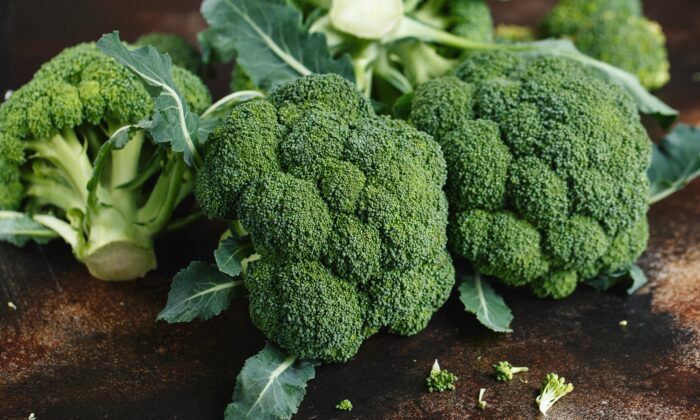Nearly 120 million Americans—roughly half of adults living in the United States—have high blood pressure, a serious condition that can lead to heart attack and stroke. During the study, participants experienced two 2-week dietary interventions, separated by a 2-week “wash-out” period of not eating cruciferous vegetables. Given the controlled environment and consistent lifestyle factors maintained throughout the study, the observed blood pressure reduction could be attributed primarily to the dietary intervention.
Mechanism of Action According to the researchers, other beneficial components in cruciferous vegetables, such as nitrate and vitamin K, likely contribute to their blood pressure-lowering effects. Previous observational studies have also shown that cruciferous vegetables such as broccoli, cabbage, and Brussels sprouts have stronger relationships with lower heart disease risk than other vegetables, Connolly said. “If people can increase their intake of this group of vegetables, they will receive more bang for their buck in terms of lowering blood pressure and reducing the subsequent risk of developing heart disease later in life,” Blekkenhorst said.
Cooking Methods and Nutrient Retention Incorporating Cruciferous Vegetables Into Your Diet Cook vegetables by steaming, microwaving, sautéing, or stir-frying. Chop into bite-sized pieces and chew thoroughly. Start with small portions and increase if no issues arise.
Try taking digestive enzymes. Keep a food di.


















